calsfoundation@cals.org
Carpenter Dam
aka: Lake Hamilton
Carpenter Dam is the second of three dams constructed along the Ouachita River in the vicinity of Hot Springs (Garland County), following Remmel Dam (completed in 1924) and preceding Blakely Mountain Dam (completed in the 1950s). The concrete gravity dam was built by Arkansas Power and Light (AP&L), which later became Entergy, for purposes of producing hydroelectric power. It impounds the 7,200-acre Lake Hamilton. Carpenter Dam was listed on the National Register of Historic Places on September 4, 1992, in recognition of its role in the growth and development of Hot Springs.
Flavius Josephus (Flave) Carpenter, an associate of AP&L president Harvey Couch, selected the site for the construction of Carpenter Dam, ten miles upstream from Remmel Dam, and so Couch named the dam for him. The construction and engineering firm of Ford, Bacon, and Davis began work on the project in February 1929. This included the evacuation of the reservoir area in April as well as the building of a railroad spur to connect to the Missouri Pacific line for easy transportation of materials. Gravel was mined from the river bank, while wood was taken from the future lake bed area. In the end, more than 156,000 cubic yards of concrete were used for a dam that measures 115 feet high and 1,165 feet long. The construction of the dam was powered by Remmel Dam, and a work camp, at one time housing 1,000 people, was established adjacent to the construction site. Construction was completed in December 1931 at a cost of $6.5 million. The resulting reservoir, Lake Hamilton, was named for Colter Hamilton Moses, then the general counsel for all of Couch’s business enterprises.
Carpenter Dam features two generators, which together produce an output of fifty-six megawatts. The dam was built to provide electricity to the AP&L system during hours of peak energy consumption; as such, it is credited with helping AP&L survive the Great Depression, the full impact of which Arkansas was experiencing as the dam was being completed.
Because Carpenter Dam was not designed to aid in flood control, Lake Hamilton has more potential for flooding than does Lake Ouachita, which is impounded by Blakely Mountain Dam and was built by the U.S. Army Corps of Engineers; noteworthy floods on Lake Hamilton occurred in 1982 and 1990. Despite such potential for flooding, the lake has been a boon for the local economy. Various local housing developments, especially condominiums, and tourist enterprises have been established along its shores, and it is well known for boating and fishing. Other attractions adjacent to the lake include Garvan Woodland Gardens and Hill Wheatley Park. The Andrew H. Husley State Fish Hatchery, managed by the Arkansas Game and Fish Commission (AGFC), is located on the south shore of Lake Hamilton and is devoted to varieties of bass, among other species. The Lake Hamilton School District in Hot Springs takes its name from the lake.
For additional information:
“Carpenter Dam.” National Register of Historic Places nomination form. On file at Arkansas Historic Preservation Program, Little Rock, Arkansas. Online at http://www.arkansaspreservation.com/National-Register-Listings/PDF/GA0078.nr.pdf (accessed March 16, 2022).
Wilson, Stephen. Harvey Couch: An Entrepreneur Brings Electricity to Arkansas. Little Rock: August House, 1986.
Staff of the CALS Encyclopedia of Arkansas
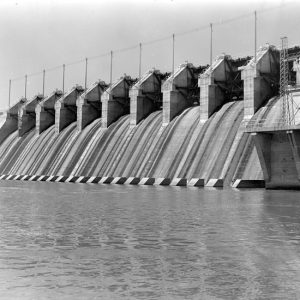 Carpenter Dam
Carpenter Dam 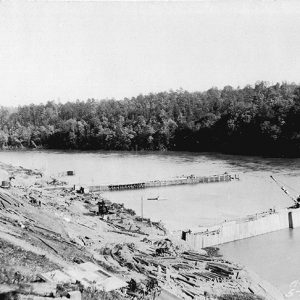 Carpenter Dam Construction
Carpenter Dam Construction  Carpenter Dam Construction
Carpenter Dam Construction  Carpenter Dam Construction
Carpenter Dam Construction 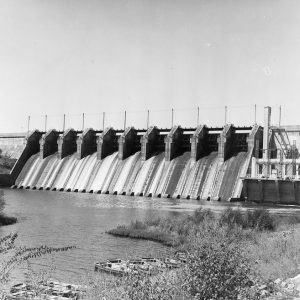 Carpenter Dam
Carpenter Dam 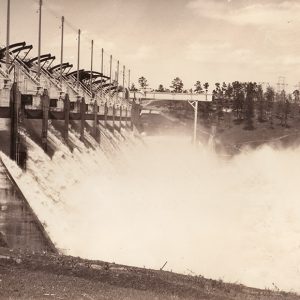 Carpenter Dam
Carpenter Dam  Flave Carpenter
Flave Carpenter 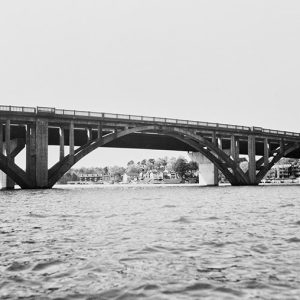 Highway 70 Bridge
Highway 70 Bridge  Lake Hamilton
Lake Hamilton  Ouachita River Bridge
Ouachita River Bridge 




I have an interesting letter in an old stamped envelope from 1929. The typed letter speaks of a dam being built in 1929 and about the reservoir that will be created due to the dam’s construction. So I researched it, and it is Lake Hamilton and the Carpenter Dam, thanks to this historical data that aided my research!